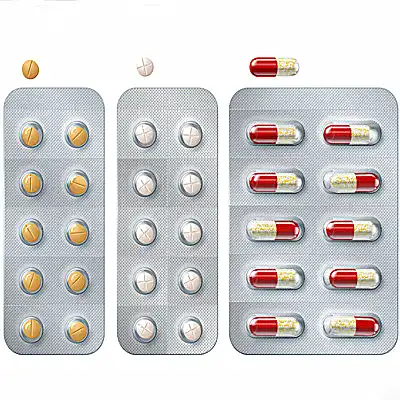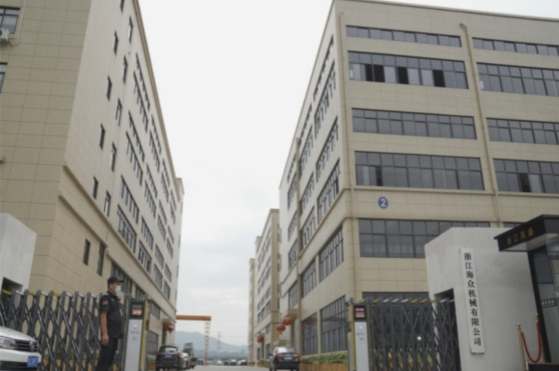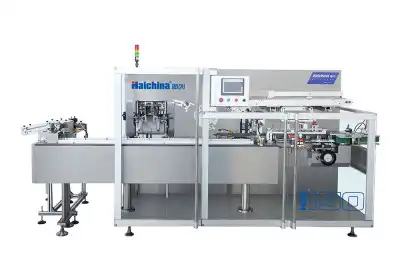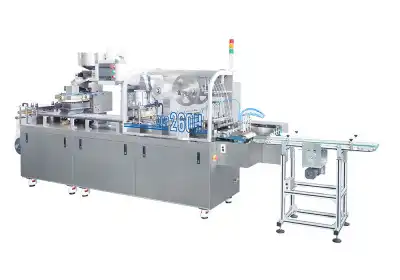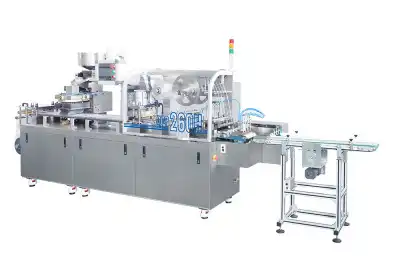The Anatomy and Applications of Blister Packs
Components of a Blister Pack
Blister packs are composed of two essential parts: the blister cavity and the backing layer. The blister cavity is formed using thermoforming techniques with plastics such as PVC (polyvinyl chloride), PET (polyethylene terephthalate), or polypropylene. These plastics are chosen based on their clarity, strength, and barrier properties. The backing layer is usually made from aluminum foil, paperboard, or a composite laminate, selected to meet specific barrier requirements against moisture, light, and oxygen. Material selection depends heavily on the product’s sensitivity and desired shelf life, ensuring safety and integrity throughout distribution.
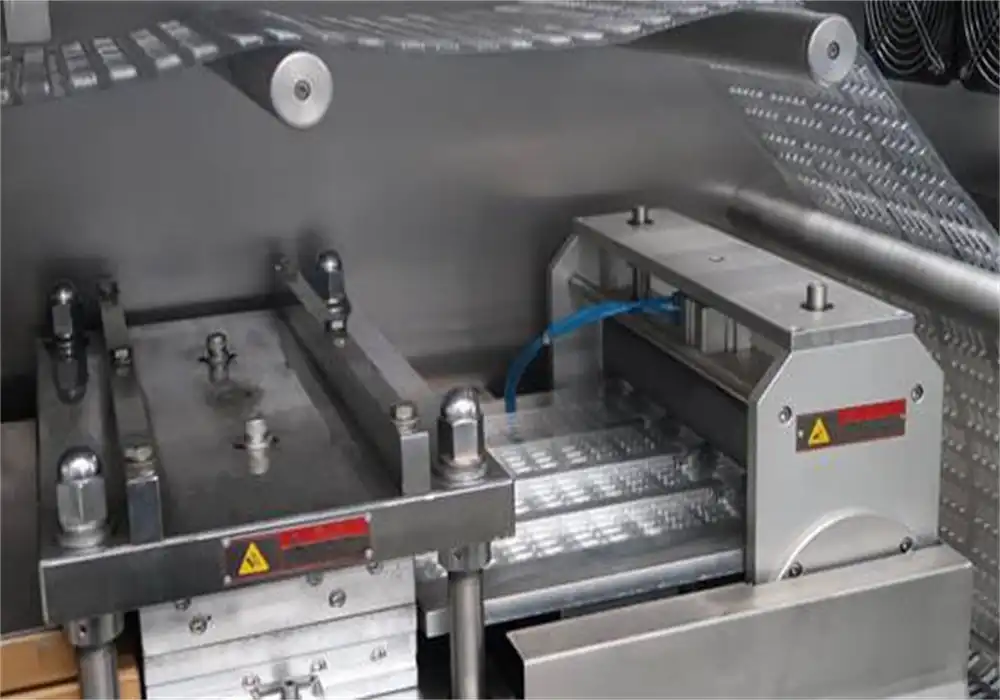
Common Applications
Blister packaging is widely used due to its adaptability across industries. In the pharmaceutical sector, it protects tablets, capsules, and medical tools, offering unit-dose formats that aid in compliance and hygiene. For consumer goods, blister packs are common for items like toothbrushes, batteries, and hardware accessories, offering secure and visible presentation. In the food industry, they're ideal for single-serving snacks, candies, and gum, providing freshness and portion control. Their protective and display properties make blister packs a preferred solution in retail environments, where both product visibility and tamper-resistance are important, especially when using blister packaging machinery.
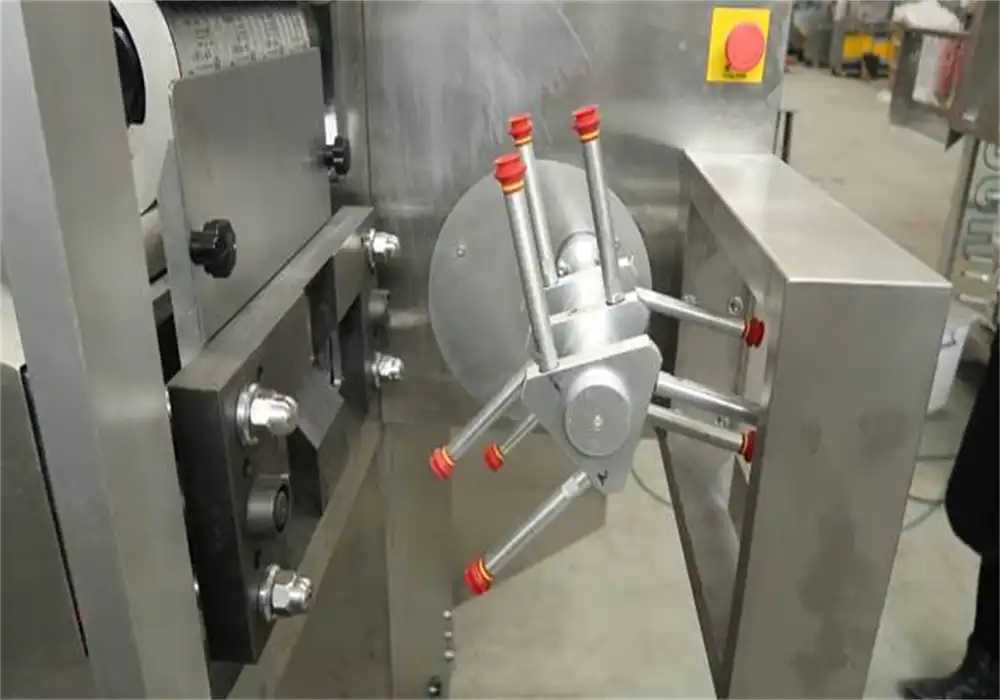
Advantages of Blister Packaging
Blister packs provide a combination of protective, practical, and marketing advantages. They offer strong barriers against external factors such as moisture, contamination, and UV exposure, extending product shelf life. The sealed packaging deters tampering and enables manufacturers to include tamper-evident features, enhancing consumer trust. Blister packs also support easy identification through clear visibility, often allowing users to view the product without opening the package. Additionally, the design can be customized for unit dosing or easy dispensing, improving user convenience and reducing waste, making blister packaging both functional and consumer-friendly.
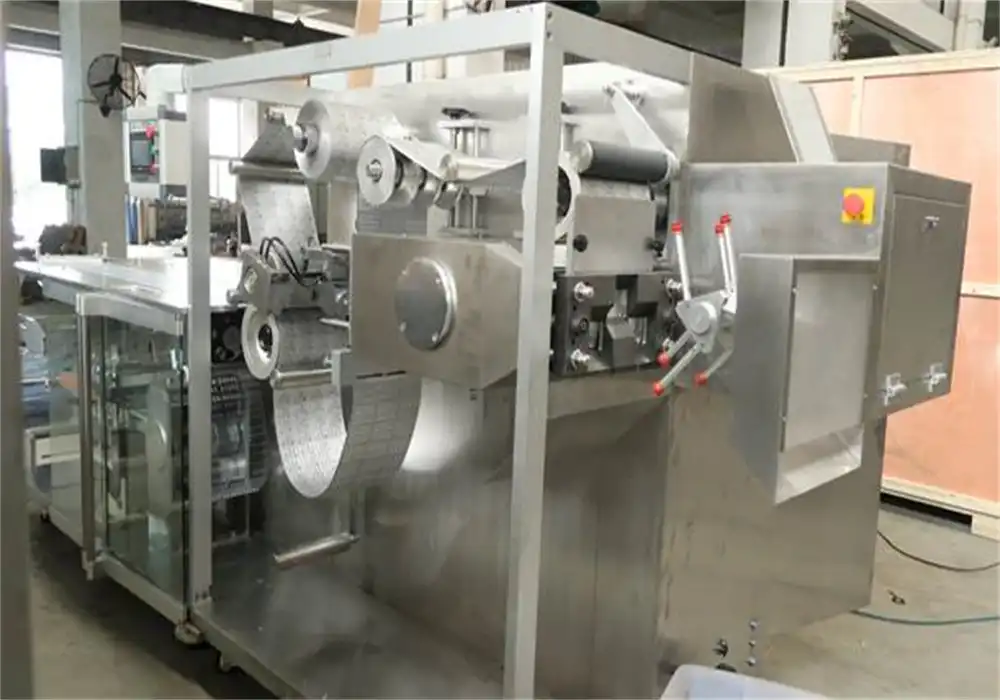
Blister Packaging Equipment: From Design to Production
Types of Blister Packaging Machinery
Several types of blister packaging equipment are used in the production process. Thermoforming machines create the blister cavities, while sealing machines join the formed blisters with the backing material. Blister packing machines automate the entire process, from blister formation to product insertion and sealing. High-speed blister lines can produce thousands of packages per hour, making them ideal for large-scale production.
The Blister Packaging Process
The blister packaging process begins with the formation of the blister cavity. Plastic film is heated and molded into the desired shape using a thermoforming machine. Next, products are placed into the cavities, either manually or by automated feeding systems. The filled blisters then move to the sealing station, where the backing material is applied and sealed using heat, pressure, or adhesives. Finally, the completed blister packs are cut and separated, often using a high speed blister packing machine.
Advancements in Blister Packaging Technology
Modern blister packaging equipment incorporates advanced features like servo-driven controls, vision inspection systems, and integrated robotics. These innovations enhance precision, speed, and quality control in the packaging process. Some machines offer quick-change tooling for rapid product changeovers, while others feature modular designs for easy customization and expansion.
Optimizing Blister Pack Design and Production
Factors Influencing Blister Pack Design
Designing an effective blister pack involves considering various factors. Product size, shape, and sensitivity to environmental factors play crucial roles. The intended market and distribution channels also influence design choices. For instance, child-resistant blister packs require special consideration in their design and materials. Sustainability concerns have led to the development of eco-friendly blister packaging options, using recyclable or biodegradable materials.
Quality Control in Blister Packaging
Maintaining high quality in blister packaging is essential, especially for pharmaceuticals and sensitive products. Modern blister packaging machinery often includes built-in quality control features such as vision systems for detecting defects, weight checks to ensure correct product count, and leak detection to verify package integrity. These systems help ensure that only properly formed and filled blister packs reach consumers.
Customization and Flexibility in Blister Packaging
Blister packaging equipment offers significant flexibility for customization. Manufacturers can adjust blister cavity sizes, shapes, and materials to suit specific product requirements. Some machines allow for quick changeovers between different product runs, enabling efficient production of varied product lines. This adaptability makes blister packaging machinery a valuable asset for companies with diverse product portfolios or those serving multiple industries.
Conclusion
Blister packs have revolutionized packaging across various industries, offering a blend of protection, convenience, and visual appeal. The evolution of blister packaging equipment has made it possible to produce high-quality, customized packaging solutions efficiently and at scale. As technology continues to advance, we can expect further innovations in blister packaging machinery, leading to even more sustainable, efficient, and versatile packaging options. Understanding the intricacies of blister packs and the equipment used to produce them is crucial for businesses looking to optimize their packaging processes and deliver superior products to their customers.
Contact Us
For more information about our blister packaging solutions and how they can benefit your business, please contact us at [email protected]. Our team of experts is ready to help you find the perfect packaging solution for your products.
